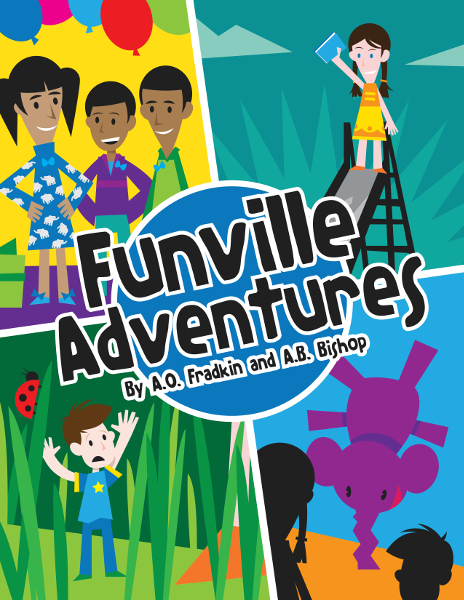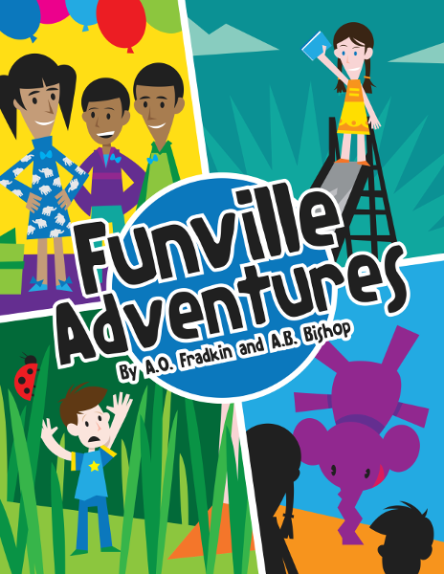Imagine you are in charge of making the cake for your grandmother’s 90th birthday. If you know anything about me, you would know that this task is quite anxiety inducing, and I’d pay good money to a bakery to complete this task for me. But Grandma really wants a homemade red velvet cake baked with love by her favorite grandchild: you.
You realize that you are out of vanilla so you have to go to store. I mean, you could use the imitation vanilla that your spouse bought once because it was cheaper but even at 90, grandma is going to pick that out from a mile away. Of course, it’s snowing buckets outside, but no matter. Grandma needs a cake, and for this occasion, you have been appointed Cake Boss. So you fight through the snow and the (honk honk) people driving like they’ve never seen snow in their lives (This is Minnesota, people! Why do we all get snow-driving amnesia over the summer?!).
You somehow arrive back home in one piece when you realize that your precious daughter mistook your cookbook as a coloring book. And she, no doubt, didn’t care about staying inside the lines because what used to say “preheat the oven to 350°” now is a covered in crayon streams of pink and purple. Luckily, you’ve made this cake enough times that you don’t really need the recipe, and you figure baking powder and baking soda probably are interchangeable. You have a 1 in 2 shot at picking the right one anyway, and after all of this, you are feeling pretty lucky, right?
And as you continue your kitchen adventure, you forgot to shut the pantry door and realize that your dog is neck deep in the open box of Coco Puffs. By now, you are pondering things like Maybe grandma wants a dog for her birthday instead and maybe next year someone else should be in charge of the cake. And naturally, your dear daughter wants to help with grandma’s cake and instead of a cup of sugar, you end up with 3/4 cup in the mixing bowl and 1/4 cup on the counter. (Luckily you see this as a nice teachable moment to talk about fractions). Instead of red velvet cake, your daughter insists on purple velvet and since the color of the cake is not the hill you wish to die on today, you give in to purple velvet. Maybe grandma won’t notice.
When it’s party time, you present grandma with a lovely cake made with your very own blood, sweat, and (lots of) tears. It isn’t exactly a culinary masterpiece, but given the obstacles, it’s a work of art. And regardless of how she truly feels, grandma tells you how much she loves it. And the icing on this metaphorical cake is that your junior chef wants to make it on her own next time, just like mommy.
This, my friends, is what teaching 1st grade is like. But instead of one helping hand in the kitchen, there’s 20, sometimes 25, even 30. A few will take the flour and the oil and create something totally unexpected while others will constantly stick their fingers in the batter to make sure it tastes right. You’ll have some that will try to grab it out of the oven before putting on an oven mitt, and a few that will fight over what color the frosting should be. But in the end, the cake is perfect and Grandma loves it.
I’ve always had a deep appreciation for elementary school teachers, but after spending a few days in my daughter’s 1st grade classroom, I have an even more profound respect for the brave individuals who teach our young, most vulnerable children. They are charged with teaching the foundational skills upon which mathematics is built, and they do it with a room full of kids who are still developing control of their bodies and emotions. And on top of that, they have to listen to middle school teachers complain about how their kids don’t know their “math facts” and high school teachers complain that they are bad at fractions.
There was a lot to love about my experience in this first grade class, and I’m sure my weekly visits will provide me with much more insight into the mathematical development of 7 year olds.
My favorite routine so far is rotations. Basically 10-15 minutes at 4-5 stations, 4-5 kids per station. I was delighted that “We are going to tackle a challenging problem today” was met with cheers from 1st graders while high school kids usually respond with groans. (I have a hunch that grades and GPA’s have something to do with that, but that’s a topic for another time). My station was a Math Forum problem of the week.

Credit: The Math Forum
I wish I had pictures of the awesome strategies the kids used to solve this problem because watching them think through a non-routine math problem was nothing short of joyful. From the ways they explored the problem to ways they excitedly shared their solutions. I’m looking forward to the weeks to come and the opportunity to witness the development of their approaches to non-routine problems.
Learning is not linear and teaching is anything but routine. Although a first grade teacher is dealing with eight kids suddenly all needing band-aids while I’m dealing with cellphone distractions, there are common threads that tie us all together as educators. We are all baking cake for grandma. I’m grateful for this chance to see first hand the workings of an elementary classroom. It confirms my belief that when kids show up to my classroom in high school with gaps in their understanding of fractions, the solution lies in first acknowledging the delicate and difficult job it is to facilitate learning at any level and appreciating the work that middle and elementary school teachers do to help prepare students as best they can.











